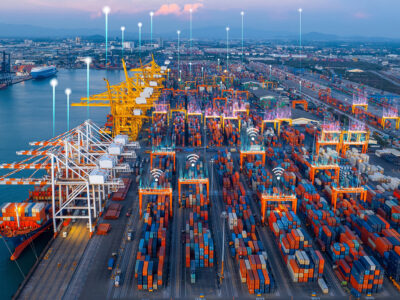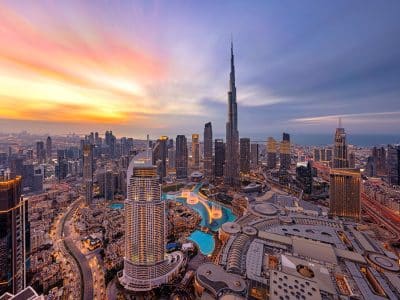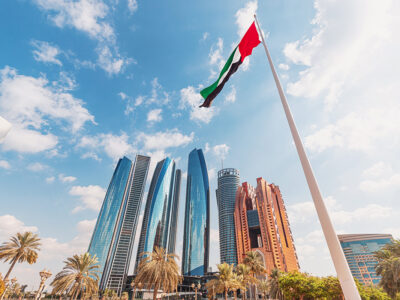Nearly 70 percent of the world’s population will live in urban areas by 2050, according to the 2018 Revision of World Urbanisation Prospects produced by the Population Division of the UN Department of Economic and Social Affairs (UN DESA).
The projections indicate that urbanisation combined with the overall growth of the world’s population could add around 2.5 billion people to urban areas by 2050.
Smart city solutions had a comfortable place on paper and in conversations up until a few years ago. Cities of developed and developing countries have been quick to move from plan to action, and this will continue given the rising population of such cities.
Cities need more innovative solutions to deal with massive population growth, rural to urban migration, and resource depletion.
“Well-planned, compact, and connected cities can increase productivity and boost a city’s competitiveness; improve livability by providing access to land, housing, transport, and services; and protect the natural environment”, says Sameh Wahba – global director, Urban, Disaster Risk Management, Resilience, and Land Global Practice, World Bank in the article Here’s how technology is tackling inclusion issues in smart cities.
She goes on to explain that global evidence indicates that well-managed cities “can spur economic development by boosting incentives for investment through higher economic density and proximity”.
Today, businesses and society require smart cities to survive. It is also integral for city managers, municipalities, and the local government. There is immense value in real-time data for cities to be efficient in city services and infrastructures, such as transportation, utilities, security, and pollution.
McKinsey Global Institute’s Smart cities: Digital solutions for a more livable future says “smart-city technologies help cities get more out of their assets, whether they have extensive legacy systems or are building from scratch”.
The report finds that cities can use smart technologies to improve some key quality-of-life indicators by 10 to 30 percent. In numbers, this broadly translates into lives saved, fewer crime incidents, shorter commutes, a reduced health burden, and carbon emissions averted.
Heavy traffic is not uncommon in big and busy cities. Also not uncommon are heightened levels of short- and long-term stress caused by stressful commute causing unexpected delays and traffic jams that make people late to work or other scheduled commitments. Researchers have found that delays caused by stressful commutes trigger stress hormones.
“In the short-term, commuters can experience a variety of symptoms including racing heart, sweating, anxiety, and irritability,” says clinical psychologist Carla Manly. She explains that there can be significant long-term effects of dealing with stressful commute including depression, ongoing anxiety, and a dread of the commuting cycle.
City managers in developed and developing countries around the world recognize that they have to pay closer attention to this rising concern. “In a dense city with extensive transit, smart technologies could save the average commuter almost 15 minutes a day. In a developing city with more grueling commutes, the improvement might be 20 to 30 minutes every day,” reveals the MGI Smart Cities report.
It rightly points out the efficiency of real-time navigation that alerts drivers to delays and helps them choose the fastest route. Smart-parking apps will point drivers directly to available spots, helping eliminate time wasted in looking for parking.
Environment pressures are high for tightly packed cities. Smart-city solutions are an excellent way for the local government to transition from policies to practice achieving a cleaner and more sustainable environment. It can help encourage people to conserve and reduce water consumption, waste management, recycling, and more through tracking.
Better data is integral for better policy decisions on air quality, pertinent for cities. Researchers have discovered that exposure to poor air quality could increase susceptibility to the coronavirus putting improved air quality top on the list of governments worldwide.
Smart-city applications enable better safety and security for residents in cities by preventing crimes and ensuring swift response during an emergency.
The economic advantages of smart cities are many. Utilizing resources without losses result in increased efficiency and more money saved. Better quality of life of residents directly contributes to a better economy. Reduced emissions and cleaner cities also lead to economic growth.
Even if we are to consider not all, but some of the benefits, It is easy to see why smart cities are the way forward for the post-pandemic world.
Isaac Sutton is CEO of VALO Smart City








